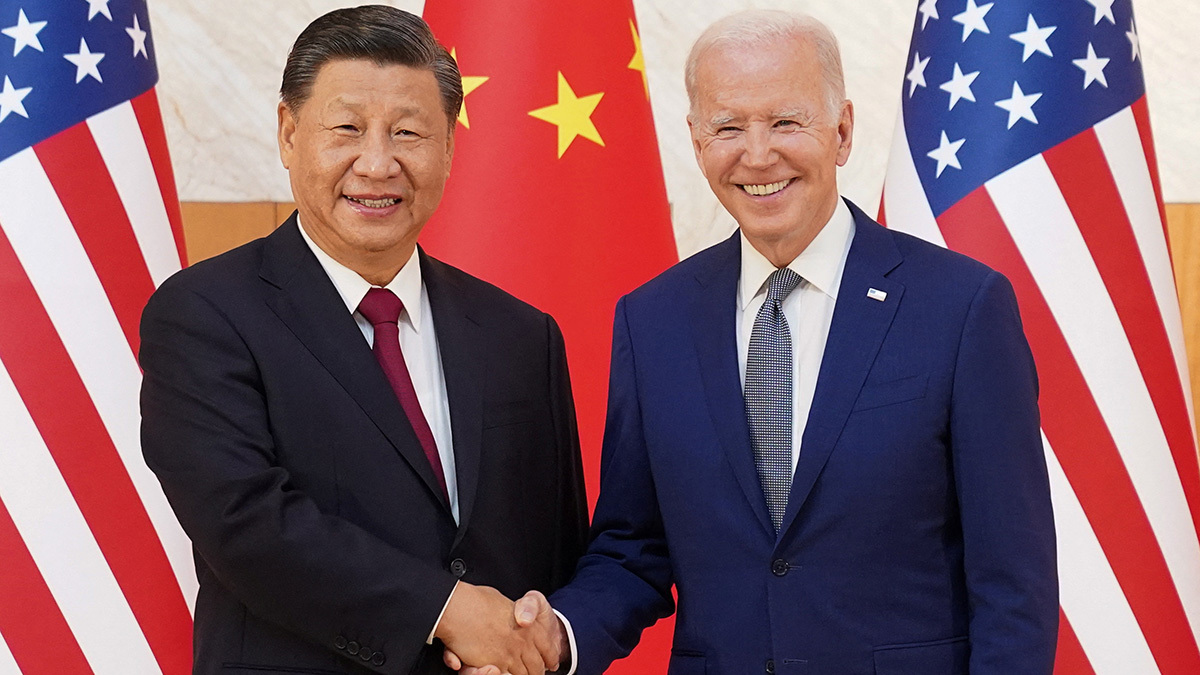In a move that reverberated throughout the global tech industry, the U.S. government recently announced the expansion of export control restrictions on semiconductor chips(AI) destined for Chinese market.
Though some view these measures as mere patchwork to address 2022 regulations, the ramifications are profound.
This article delves into the intricacies surrounding the expanded export controls, scrutinizing the potential consequences for Chinese semiconductor companies, market dynamics, and China’s burgeoning artificial intelligence (AI) sector.
The Expanded Export Control Measures for Chinese AI chips
On October 17th, the U.S. Department of Commerce’s Bureau of Industry and Security (BIS) revealed its comprehensive expansion of export restrictions on advanced semiconductor chips destined for China. These new regulations have several critical components:
Targeting High-Performance Computing Chips: The updated measures directly impact companies like NVIDIA, disrupting their ability to export high-performance computing chips to China. This includes curtailing the export of customized A800 and H800 chips designed for the Chinese market.
ASML Equipment Restrictions: The regulations also extend to equipment manufacturer ASML, limiting the export of equipment relevant to advanced wafer fabrication facilities in China. This move impacts the semiconductor manufacturing process in the country.
GPU Startups on the Entity List: BIS added Chinese GPU startups, Biren Technology and Moore Thread, along with their subsidiaries, to the Entity List. This designation subjects them to strict export controls.
These new export control measures are set to take effect 30 days after the announcement, specifically on November 17th.
Read More: What are the Key Regulatory Changes by US in the Expanded Ban to China?
Implications for the Semiconductor Industry for Chinese AI chips
The expanded export controls present several substantial implications for the semiconductor industry, reshaping the landscape in several ways:
Halting High-Performance Chip Sales to China: The restrictions prevent companies like NVIDIA from utilizing workarounds to sell high-compute chips to China, leading to the isolation of the Chinese market from advanced semiconductor technology.
Curtailing Flow of Advanced Chips to China: The 2023 restrictions leave less room for ambiguity compared to the 2022 regulations, effectively closing any potential loopholes and reinforcing export controls on advanced chips.
No Additional Pressure on Major Tech Players: Strikingly, these measures do not impose additional pressure on prominent Chinese tech giants like Huawei or Semiconductor Manufacturing International Corporation (SMIC). This indicates a nuanced balance achieved through negotiations and geopolitical considerations.
Read More: 10-15% Sales Hit For ASML in China Amidst US Ban
Market Dynamics and the Chinese Rush for AI Chips Procurement
Anticipation of these export controls had already disrupted market dynamics. Reports had been circulating about the potential upgrade of chip export restrictions in July 2023. Consequently, there were frequent high-level meetings between Chinese and U.S. officials, and the market had been bracing for significant developments.
Soon after the announcement of the new export controls, NVIDIA ceased accepting orders for A800 and H800 chips in China. However, orders placed before the announcement could still be delivered within the 30-day grace period.
Anticipating the impact of these restrictions, many AI startup companies in China proactively secured chip supplies through various channels. This included service providers, intermediaries, and trade agents.
Their objective was twofold: to ensure existing orders were not canceled and to explore opportunities for procuring additional chips in the short term. The consequence was a sharp escalation in the prices of NVIDIA’s high-performance computing chips.
For instance, the price of a single H800 card surged from 210,000 Chinese yuan to between 350,000 and 400,000 Chinese yuan, with extended waiting lists.
Read More: How Huawei Could be a Winner in US Ban of Nvidia GPUs?
Impact on China’s AI Sector
Counterpoint’s research findings point to a substantial gap of approximately 2.5 to 3 years between Chinese companies and their global counterparts in the realm of generative AI.
While chip procurement isn’t the sole factor contributing to this discrepancy, it remains a significant component.
With the expanded U.S. export controls on advanced semiconductor chips, the Chinese AI sector is poised to face even greater challenges in bridging this gap.
Conclusion
The U.S. government’s recent expansion of export controls on semiconductor chips has sent shockwaves through the global tech industry. These restrictions target China’s access to advanced chips and affect market dynamics and the AI sector. In a tech landscape shaped by geopolitical tensions, industry players need to adapt and innovate to navigate challenges. Export controls and their impact on the semiconductor industry highlight the challenges facing global tech stakeholders.
Reference: Tech news Taiwan








